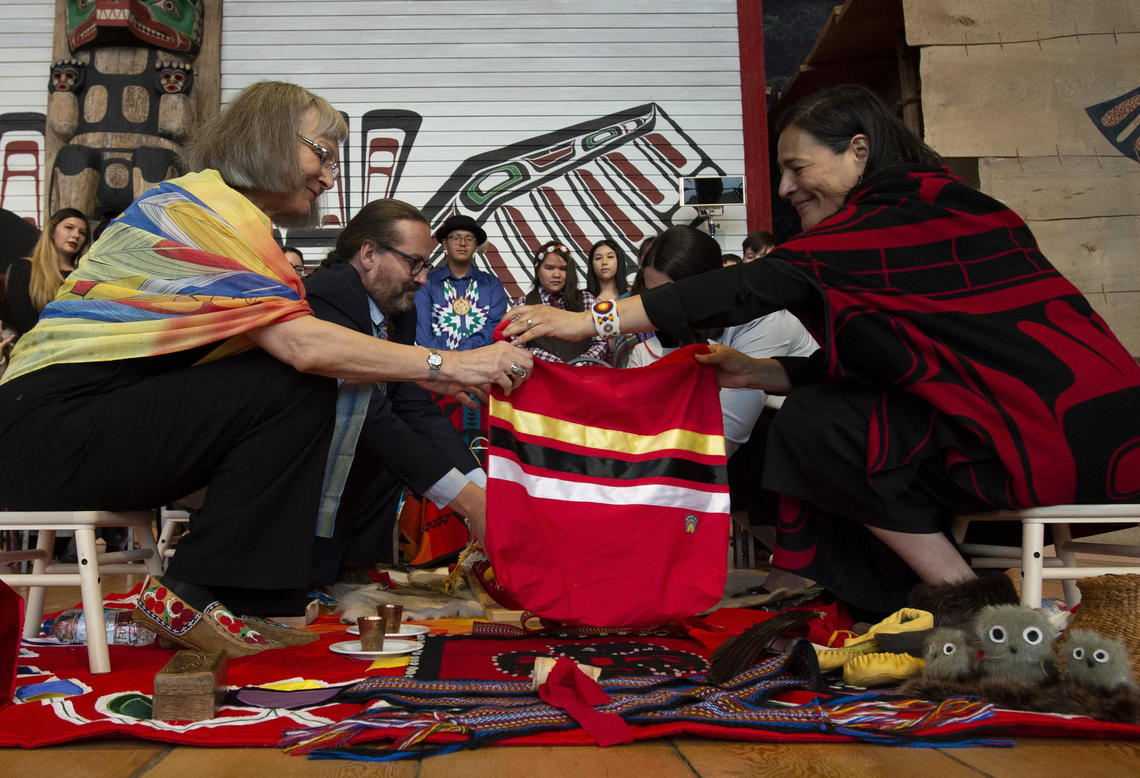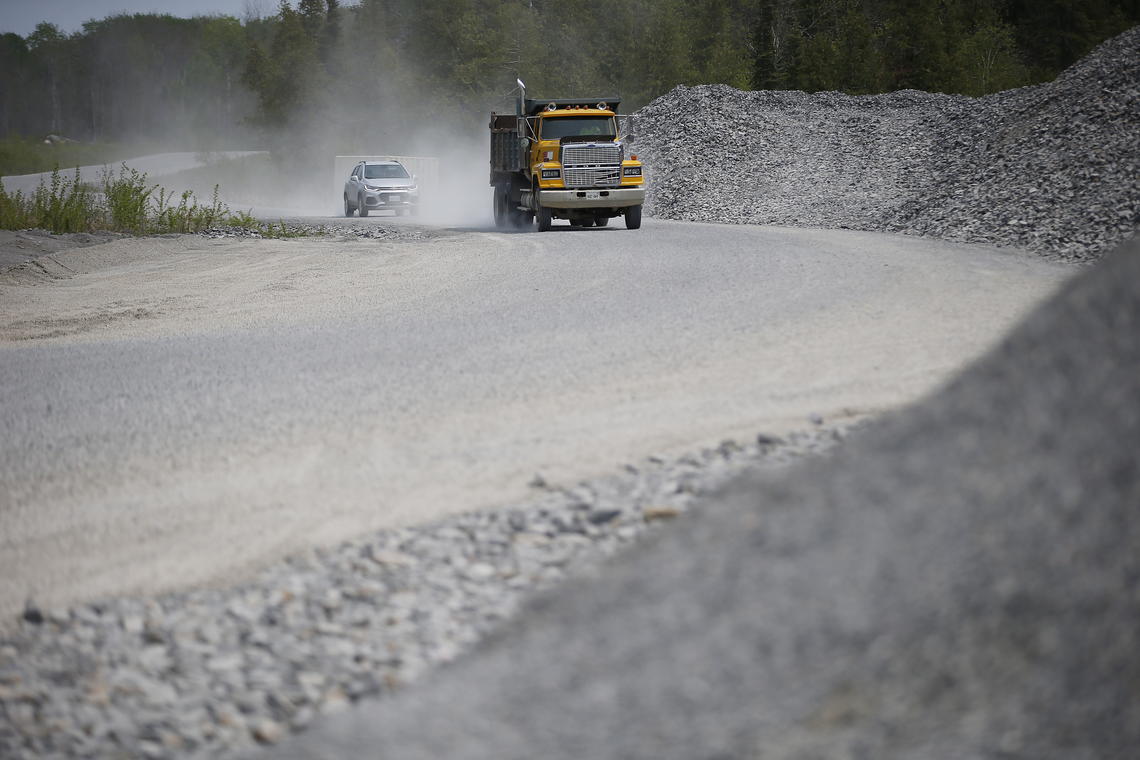
April 21, 2021
Federal budget 2021: $18 billion is a step towards closing gaps between Indigenous and non-Indigenous communities
There is no denying that the landscape of our collective reality has shifted dramatically since the pandemic began. Budget 2021 reveals significant investments in COVID-19 relief efforts, job creation and building a resilient economy.
But where does the 2021 budget stand on investments in Indigenous people and communities?
The pandemic continues to pose significant and unique risks to Indigenous people. They are disproportionately at risk of public health emergencies, and have been battling systemic and social inequities all while fighting COVID-19. Investment needs are both urgent and substantial.
It is clear that the budget tabled by Finance Minister Chrystia Freeland showcases unprecendented levels of funding for all Canadians and for Indigenous people.
Funds to national inquiry and community infrastructure
The investments presented in Chapter 8 of budget 2021 show investments in excess of $18 billion over the next five years to “improve the quality of life and create new opportunities for people living in Indigenous communities.”
There is no doubt that this government continues to prioritize Indigenous people in its efforts. Over the past four years, there have been significant investments, starting with $8.4 billion in 2016. And in the Fall Economic Statement, the Liberal government committed funding to health and well-being of Indigenous people, the National Inquiry into Missing and Murdered Indigenous Women and Girls (MMIWG), child care and significant investments in infrastructure including drinking water provisions in areas where there are advisories.
Budget 2021 builds on the infusions into MMIWG from the Fall Economic Statement, which had previously committed $781.5 million over five years starting in 2021–22, and $106.3 million ongoing. A necessary funding investment to what many experts have warned is a public health emergency.

National MMIWG Inquiry Commissioners Marion Buller and Michele Audette prepare the official copy of the report. Budget 2021 sees continued investment in inquiry Calls for Justice.
THE CANADIAN PRESS/Adrian Wyld
Budget 2021 also announced over $6 billion towards infrastructure in Indigenous communities, a notable and necessary commitment. Distinctions-based investments into infrastructure include support for water, housing, schools and roads, building on the $1 billion dollar announcement from the Canada Infrastructure Bank.
From budget 2021, $4.3 billion supports an Indigenous Community Infrastructure Fund for all Indigenous people. A further $1.7 billion covers operation and maintenance costs for First Nations living on-reserve.
Other notable investments include a continued focus on water and wastewater, including $125.2 million over four years beginning in 2022-23. These investments build on the recent announcement committing $1.5 billion for drinking water in Indigenous communities.
Read more: Indigenous communities should dictate how $1 billion infrastructure investment is spent
However, we know that closing the infrastructure gap will require upwards of $30 billion to address new and existing deficits because of historic underfunding of both capital and operations costs.
Projects planned pre-pandemic now require more funding in order to be completed — because of supply chain issues for items such as timber, initial projected costs have sky-rocketed. These are just some of the realities that will impact our ability to close the infrastructure gap by 2030.
We need targeted funding for First Nations housing
And what about housing, which is often lost among the landscape of infrastructure investments.
Budget 2021 stays the course and does not directly target housing investments for First Nations living on-reserve. There are, however, top-ups to the Rapid Housing Initiative. This initiative however, doesn’t have a targeted funding stream for First Nations despite the widespread agreement that over-crowded housing is a social determinant of health.
Targeted investments in housing for First Nations living within their Nations are essential, and help to balance the housing needs on- and off-reserve. The 2016 Clatworthy report estimated capital investment needs of $20 billion. This value has only increased since then.
COVID-19 response
The $1.2 billion targeted investment for COVID-19 response has investments that communities have been hoping for. This includes funding for mental health assistance, food security and nursing.
In a survey conducted by Statistics Canada, six out of 10 Indigenous participants reported that their mental health has worsened since the onset of physical distancing. Similarly, demand for counselling services has grown throughout the pandemic, making these investments more critical. Suicide rates have increased, for example in Sioux Valley Dakota Nation, and among Alberta’s Indigenous youth.
Economic recovery and response to the pandemic was a key priority in the budget unveiled yesterday. And we need to ensure the investments non-Indigenous communities receive are at least mirrored for Indigenous communities.

Construction of a 24-kilometre stretch of road was completed in Shoal Lake 40 First Nation on May 30, 2019. The road connected the community with the Trans Canada Highway. Infrastructure investments were a big part of the 2021 budget.
THE CANADIAN PRESS/John Woods
Historically underserved and under-resourced
While the budget includes massive investments in the economy, Indigenous communities require substantial investment, arguably more, in these same initiatives.
Indigenous communities have been historically underserved and under-resourced. Since the onset of the pandemic, there has been a delay in closing the gap for Indigenous business support. And Indigenous people experienced higher economic stress than non-Indigenous Canadians throughout the pandemic.
Many programs in First Nations communities rely on own-source revenue, which has been severely hindered during the pandemic. There are elements within the budget that highlight a commitment to Indigenous-led business, including support for Indigenous entrepreneurs, and investing $22 million into empowering Indigenous women through the Indigenous Women’s Entrepreneurship Initiative. It also expands on the Indigenous Growth Fund, first announced in the 2019 budget.
Tackling systemic inequalities
So where does the budget leave us? The substantial investments are notable, and the government deserves recognition for its efforts to address racialized and marginalized communities in Canada.
But an important reminder is needed. True economic recovery necessitates tackling not only the funds required for investment, but also the systemic inequalities that contributed to marginalization in the first place.
These systemic inequalities are built upon the foundations of colonial programs and processes. To address them, we must put equal funding into both the process and the outcome.
Similarly, now might be a good time to rethink the colonial approach to determining the budget. A formal role in the decision-making process for Indigenous people in Canada is a necessary next step.
Simply put, when we address the systems under which we operate, we can impact the outcomes that are generated.
Kerry Black is an an assistant professor at the University of Calgary.





